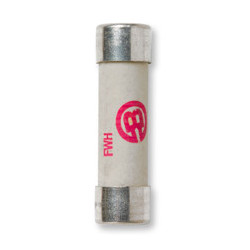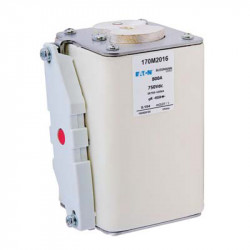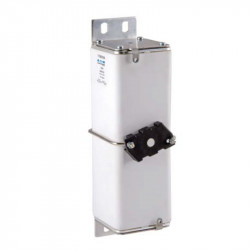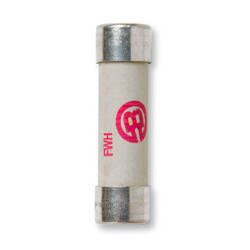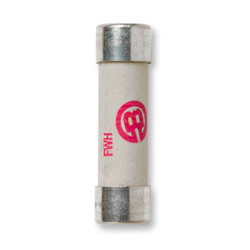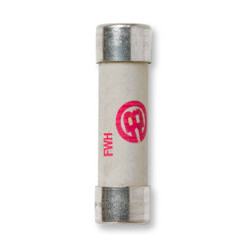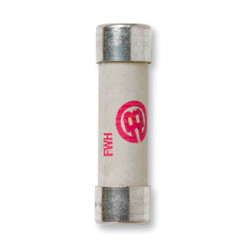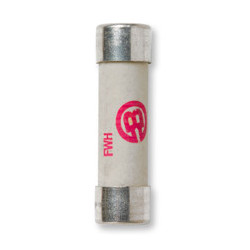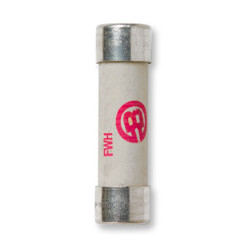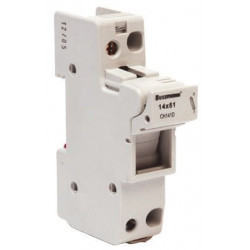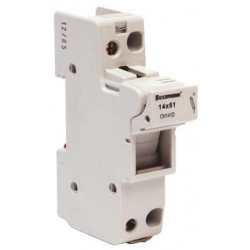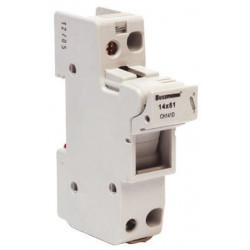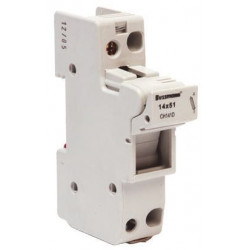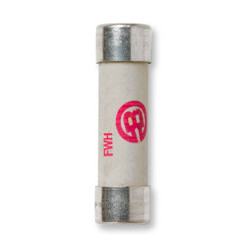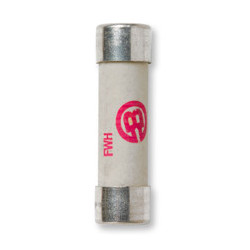Vous devez être connecté
Fusibles
Catégories
We’re offering an extensive assortment of passive components, such as capacitors, resistors, fuses, and filters. We’re delivering various types of fuses, including miniature fuses for electronic circuits, tubular fast-acting fuses, time-delay fuse links, traction fuses, high-voltage fuse links.
What are fuses used for?
Fuses are intended for protecting electrical receivers from overloads and short circuits. They’re equipped with fuse elements, which are burnt after overload or short circuit in a protected circuit. All fuses are constructed similarly and consist of: fuse elements, filler, enclosure, and contacts. The Fuse element has properly shaped constrictions, shaping its time-current characteristics and is welded on the fuse’s constrictions. The Fuse element is covered with a filler extinguishing electrical arc. Filler’s function is often played by a special quartz sand. The whole construction is placed in a ceramic enclosure called corpus.
What are basic fuse’s parameters?
Basic parameters of fuses are:
- Alternating current IN [A] – max value of continuous current in given work conditions. AC value is provided on every fuse.
- Alternating voltage UN [V] – max allowed working voltage value of a fuse.
- Joule integral I2t [A2s] – max amount of energy needed to burn the fuse.
- Switch-off ability [A] – value of expected short circuit current, which the fuse can turn off with AC and a given surrounding temperature.
- Diffusing power [W] – power of waste created in the fuse insert during AC flow.
- Pre-arc time [s] – time between the moment of fuse current with an enough value to cause a turn off and a moment of arc ignition.
- Arc time [s] – time between arc’s ignition and fuse ignition.
- Switch-off time [s] – sum of periods of pre-arc and arc.
The time of fuse’s burning depends on the current’s value and is the smaller, the higher is the overloading current. This time for a given current can be read from the time-current characteristics, presenting average turn off periods depending on the expected short circuit or overloading current.
In terms of a type of time-current characteristics, we divide fuses into:
- aR – ultrafast non-full-range fuses for protection of semiconductor power devices protecting only from short circuits.
- gR – ultrafast full-range fuses for protection of semiconductor power devices protecting only from short circuits and overloading.
- gL/gG – slow-acting full-range fuses for protection of electrical receivers and cables.
- aM – non-full-range fuses for protection of electric engines.
- gTr – full-range fuses for protection of transformers.
Applications of fuses:
- protection of cables;
- protection of electrical receivers;
- protection of transformers;
- protection of electrical engines;
- protection of condensers;
- protection of semiconductor power devices: diodes, IGBT transistors, thiristors;
- protection of electronic devices: soft-starts, inverters, rectifier;
- protection of SN transformers, voltage inverters and SN engines.




